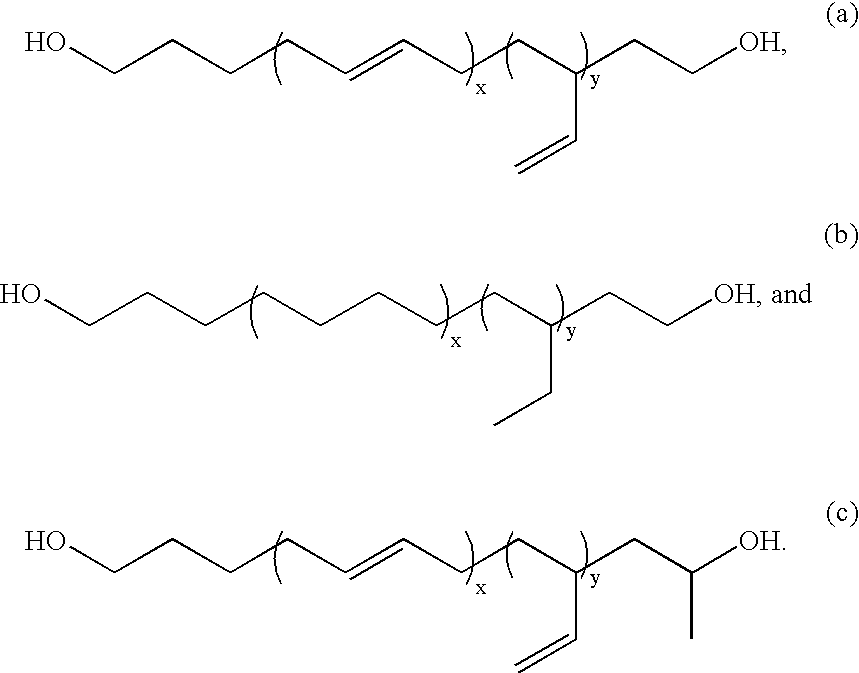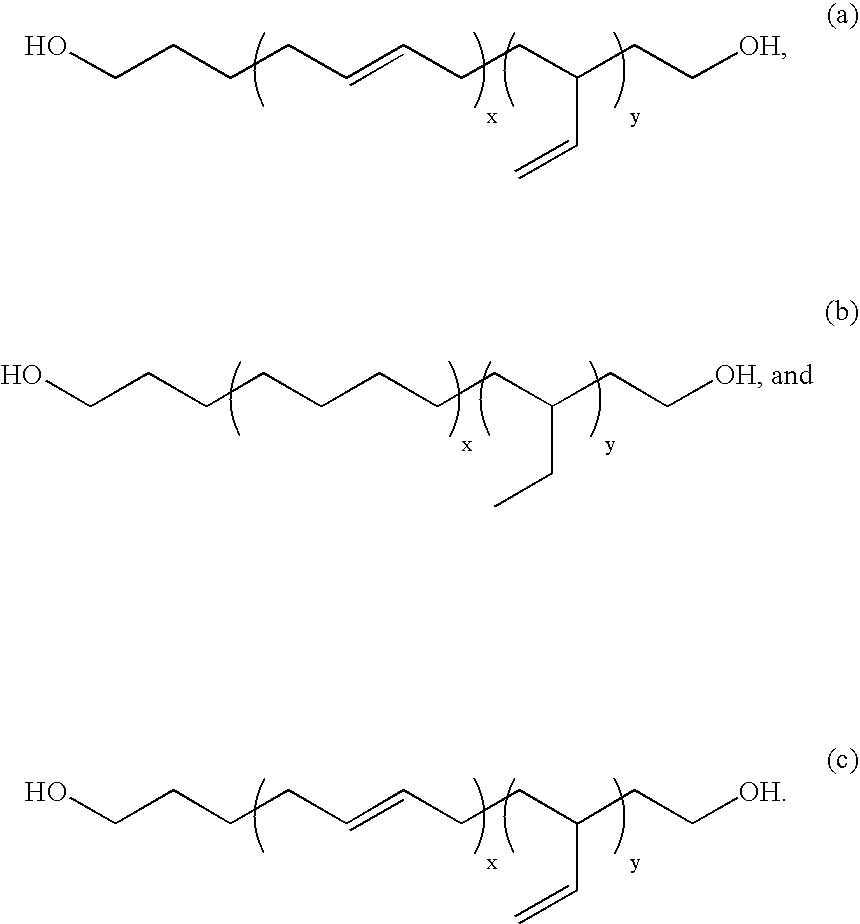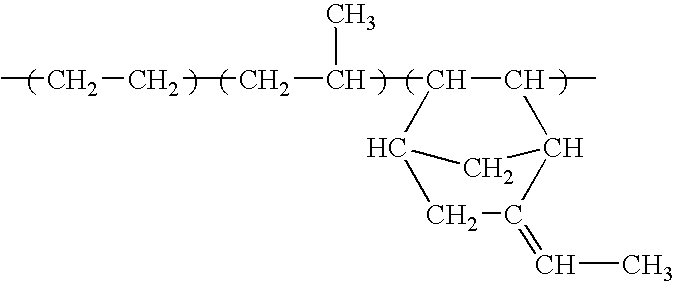Medical devices containing copolymers with graft copolymer endblocks for drug delivery
- Summary
- Abstract
- Description
- Claims
- Application Information
AI Technical Summary
Benefits of technology
Problems solved by technology
Method used
Image
Examples
example
Synthesis of Poly(dimethylsiloxane) Block Copolymer with Poly(methyl methacrylate)-graft-polystyrene Copolymer Endblock(s)
[0109] Copolymers in accordance with the present invention, e.g., copolymers comprising a low Tg block and a graft copolymer endblock, are prepared by the living free radical co-polymerization of a polymer with terminal unsaturation (macro-monomer) and a comonomer having an unsaturated functional group. Specifically, di-block and tri-block copolymers from PDMS macroinitiators are produced from the polymerizations of acrylates and methacrylates from mono-and di-functional PDMS containing benzyl chloride or 2-bromoisobutyrate end groups.
[0110] Mono- and di-hydride-terminated PDMS as well as other telechelic PDMS compounds with different kinds of end groups are readily prepared by condensation polymerizations and are commercially available. A silicone macro-initiator is prepared by the hydrosilylation of hydrosilyl-terminated polydimethylsiloxane (Gelest) (Mn=4500...
PUM
| Property | Measurement | Unit |
|---|---|---|
| Therapeutic | aaaaa | aaaaa |
| Hydrophilicity | aaaaa | aaaaa |
| Hydrophobicity | aaaaa | aaaaa |
Abstract
Description
Claims
Application Information
 Login to View More
Login to View More - R&D
- Intellectual Property
- Life Sciences
- Materials
- Tech Scout
- Unparalleled Data Quality
- Higher Quality Content
- 60% Fewer Hallucinations
Browse by: Latest US Patents, China's latest patents, Technical Efficacy Thesaurus, Application Domain, Technology Topic, Popular Technical Reports.
© 2025 PatSnap. All rights reserved.Legal|Privacy policy|Modern Slavery Act Transparency Statement|Sitemap|About US| Contact US: help@patsnap.com



